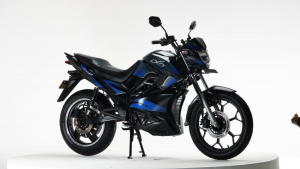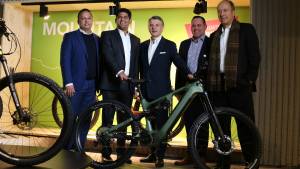Bosch connected technology: Solutions for urban mobility
The underlying theme of connected cars is more or less the same irrespective of which manufacturer is presenting the idea. Connected cars make life simpler by connecting to a host of services to each other and enable the users to access these even while they are mobile.
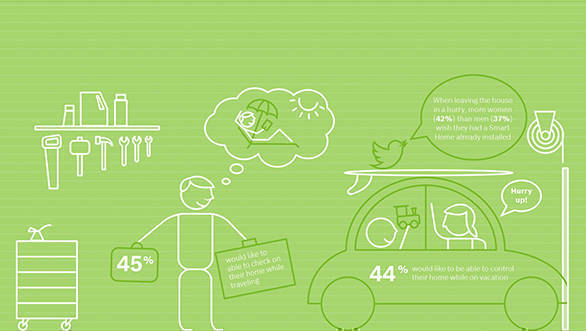
The universe of connected cars is immense It involves hundreds of services providing consumer, enterprise, location and IoT solutions. At the Bosch Mobility Experience event in Boxberg, Germany, I got a small glimpse into the various areas that Bosch is venturing using connected technologies, and it's both immense in scale and excitement. But for space, I'm going to keep this piece restricted to just a few elements.
Connected technologies are in various phases of development. In its most nascent state, it's providing access to basic functions connected to your smart devices in your moderately smart home. So for instance, you can switch your car on from your smartphone, crank the ignition and turn on the air conditioning without having left your doorstep. More recently connected cars can even leave the parking spot and drive themselves to you or the other way around.
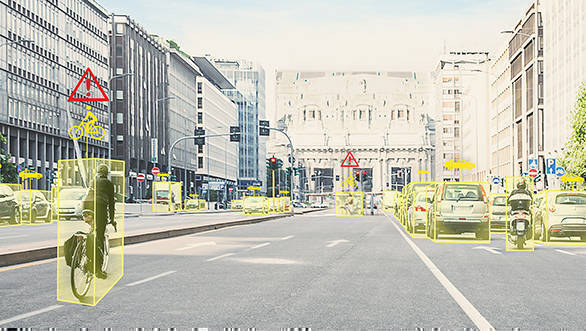
Can connected cars make life simpler? Yes, they can. In a utopian society where everything is smart - the car becomes one more living space for an individual enabling him or her to do more than just commute. That is more or less what Bosch is aiming to achieve with their connected technologies. At the Boxberg Mobility Experience event, Bosch showcased several connected technologies, some of which are already on stream in cars from a few manufacturers. However, it was their vision of a lifestyle a decade from now that had me quite excited. Showcased as a concept, Bosch's connected technology brings together several ideas to make life easier. It utilises state-of-the-art connectivity technologies like gaze and haptic control to enable a variety of functions. This means the sensors will follow the movement of your eyes and gestures you make with your hands and fingers to activate any of several functions.
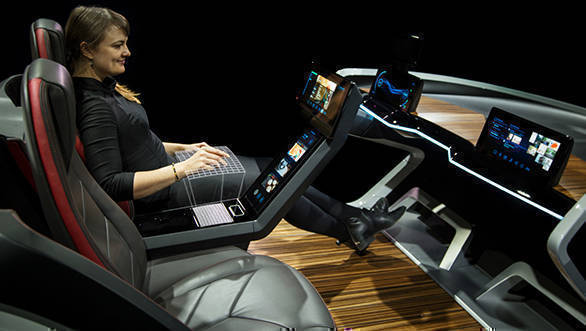
Gaze function, for instance, uses a camera to follow the path your eyes to shift between several functions on the instrument console. A grab action on your hand above an ultrasonic sensor will then select the function. It's all sensor based, though it's hard to believe that sensors - the size of a quarter of your thumbnail - are capable of detecting indicators and signalling a processing unit to action.
In any given car, there are over 50 sensors currently and this number is expected to increase as more technologies become an integral part of the car. All of these sensors could relay information to a cloud server, where it could either be stored for future action or acted up on immediately. So for instance, if your car were driving on a slippery road and the car sensed that there is a high chance of loss of traction, it would send the information to a cloud which would then relay it to another car on the same road. This would help the car prepare itself for the conditions ahead, by either reducing the speed, or changing lanes or prepping other safety systems.
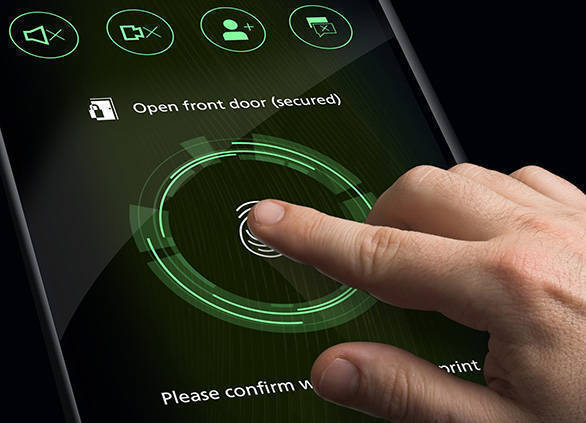
Another instance of vehicle-to-vehicle communication and which could be more real time is if a vehicle were to intersect your path at a blind crossing. You don't catch sight of the oncoming vehicle and are prepared to go through the intersection, but your car and the oncoming vehicle, say a motorcycle communicate with each other. One vehicle slows down or stops to let the other pass. A potential disaster averted! In fact, according to statistics collected by Bosch, by 2025 connected systems can save over 11,000 lives annually, while also preventing over 2,60,000 accidents.
Connected technologies also enables you to connect with various elements from your life. For instance, in Germany smart homes will soon have smart windows that open and shut depending on the weather. But if you do forget to shut the drapes, or switch off the fans or air conditioning, your connected car can do the same for you. The only challenge I foresee with connected cars is connectivity itself. Connected cars rely heavily on network connectivity, what happens when you do not have internet available?
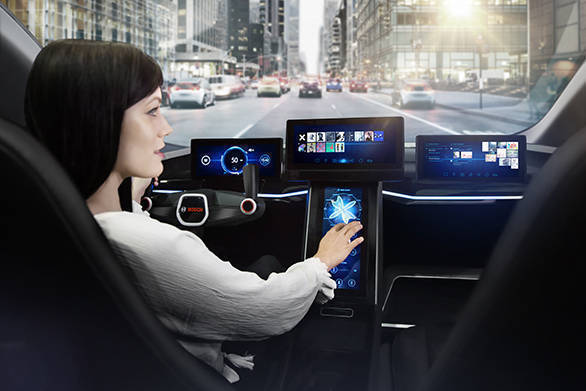
Nonetheless, connected technologies are also another means of sharing your personal preferences between objects. So if you were traveling to your holiday home, then the climate control could be pre-set to the temperature you prefer it, the lights would be switched on and the windows would be opened as you got nearer your home, even the house could get unlocked. At the same time, a pre-chosen recipe that needed certain ingredients would be paid for online and delivered to your doorstep, so when you get to your home all you would need to do is mix the ingredients and pop the meal into the oven. All this while you were simply driving there.
Connected cars can also help with parking - finding vacant parking slots is one of those actions - but it can in the future also bring your car to you using your smartphone as a homing beacon to pinpoint your location. The technology can also reduce parking space because a driver is deposited, and collected outside the parking slot, cars can be stacked closer to each other.
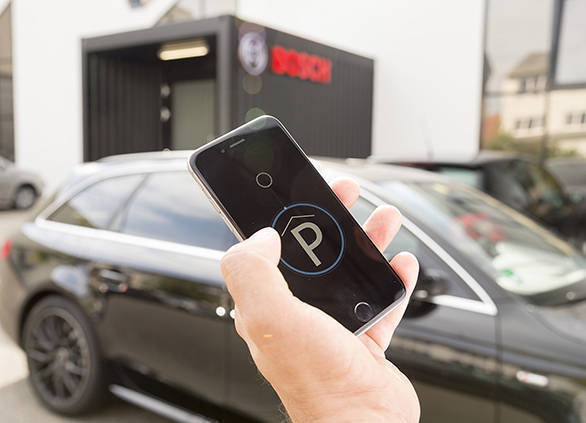
The possibilities of connected technologies are endless. And as I mentioned in the story on autonomous cars, both these technologies will have to keep pace with each other. And while either could survive without the other, both together could make for one of the most surreal driving experiences we've only imagined this far.
Connected technologies even have more opportunities in the space of commercial transport. Imagine trucks that could on hook up to each other to form a part of a chain if they were all traveling in the same direction. They'd simply talk to each other and dock without the driver having to lift a finger simply by each truck talking to the one ahead of it. Bosch developers like to call this a platoon mode. This way the aerodynamic drag is greatly reduced making every journey more efficient while the driver gets some time off to rest and recuperate for the journey ahead. Connected technology will also enable the truck to accept newer loads without the driver's intervention if the load being carried isn't at 100 per cent optimisation. At the end of the journey, a minimal fee would be transferred to the first truck which bore the load as compensation.
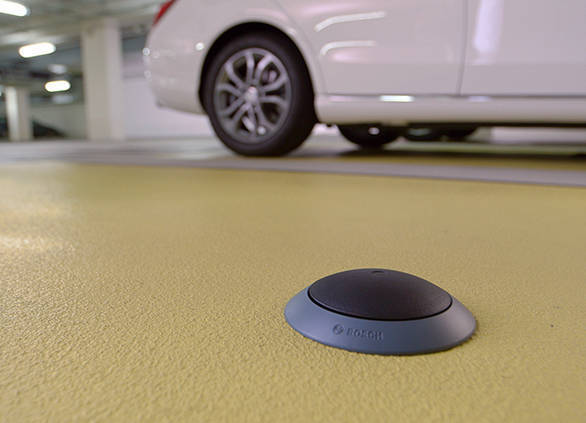
Another advantage that connected technologies brings to the table is real-time data collection which can be analysed to provide a host of new solutions. How drivers behave, what they utilise their time for when in the car, how they drive, how often do they use the brakes in manual mode, how hard do they accelerate and petabytes more data can provide developers with the information they need to improve both hardware and software.
